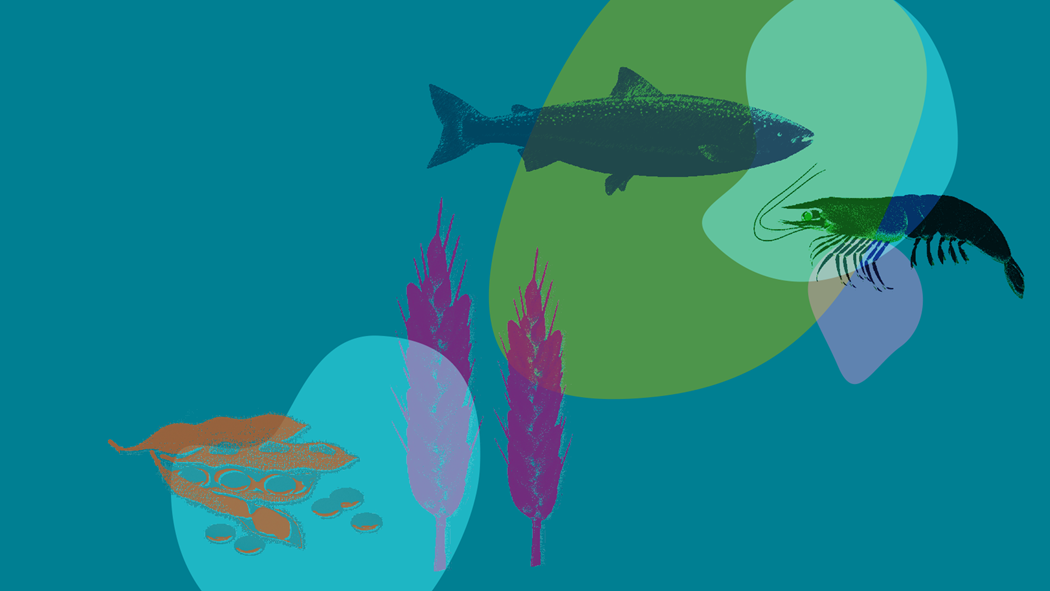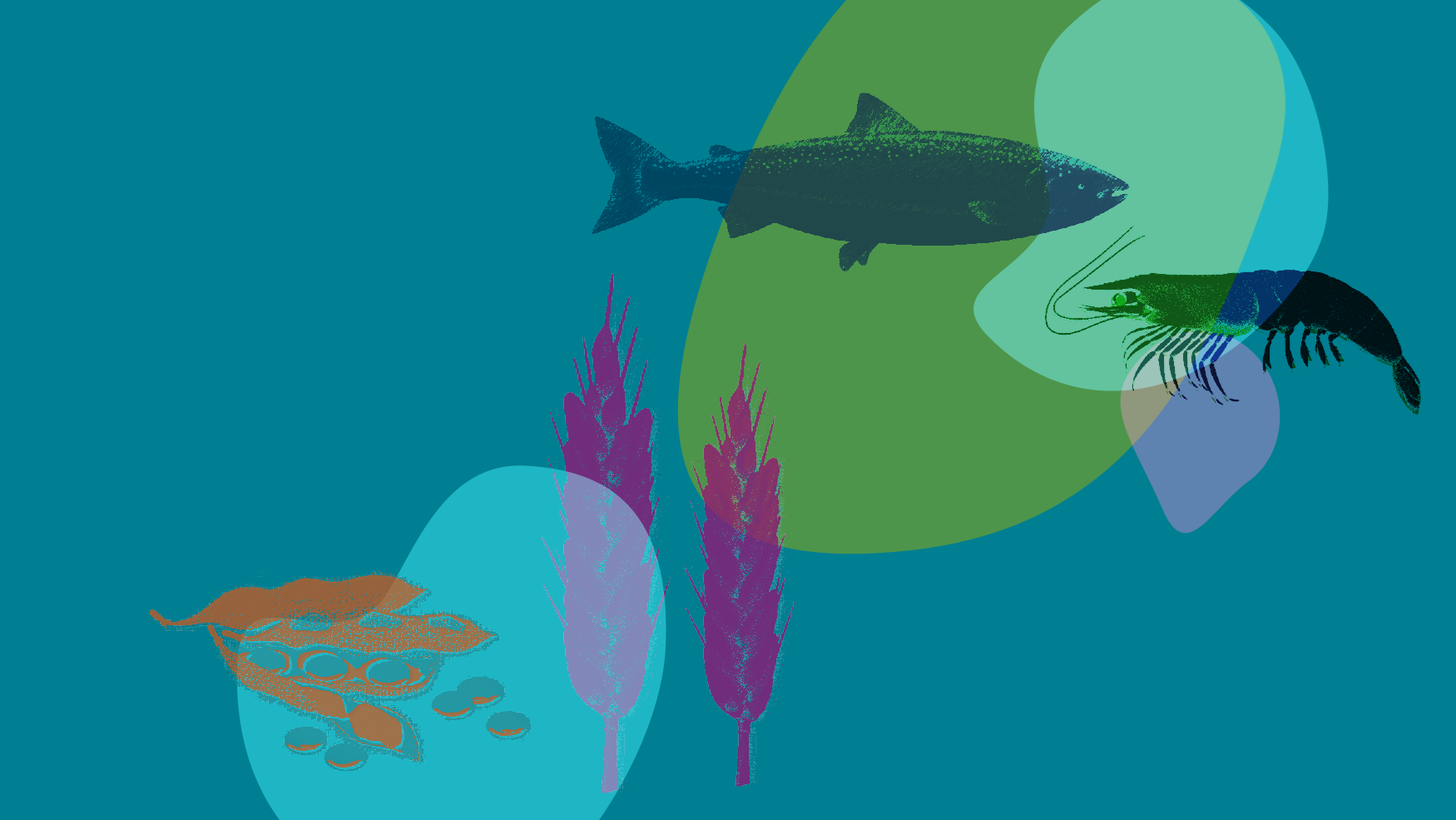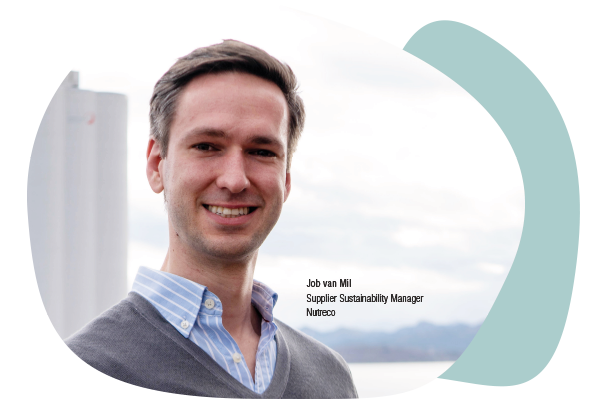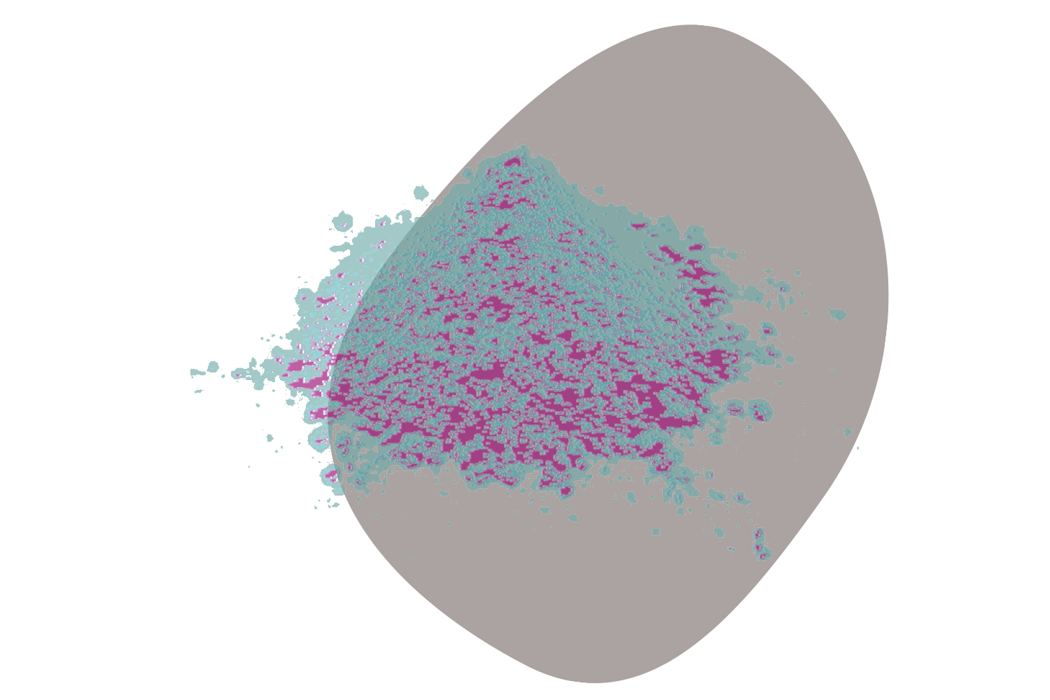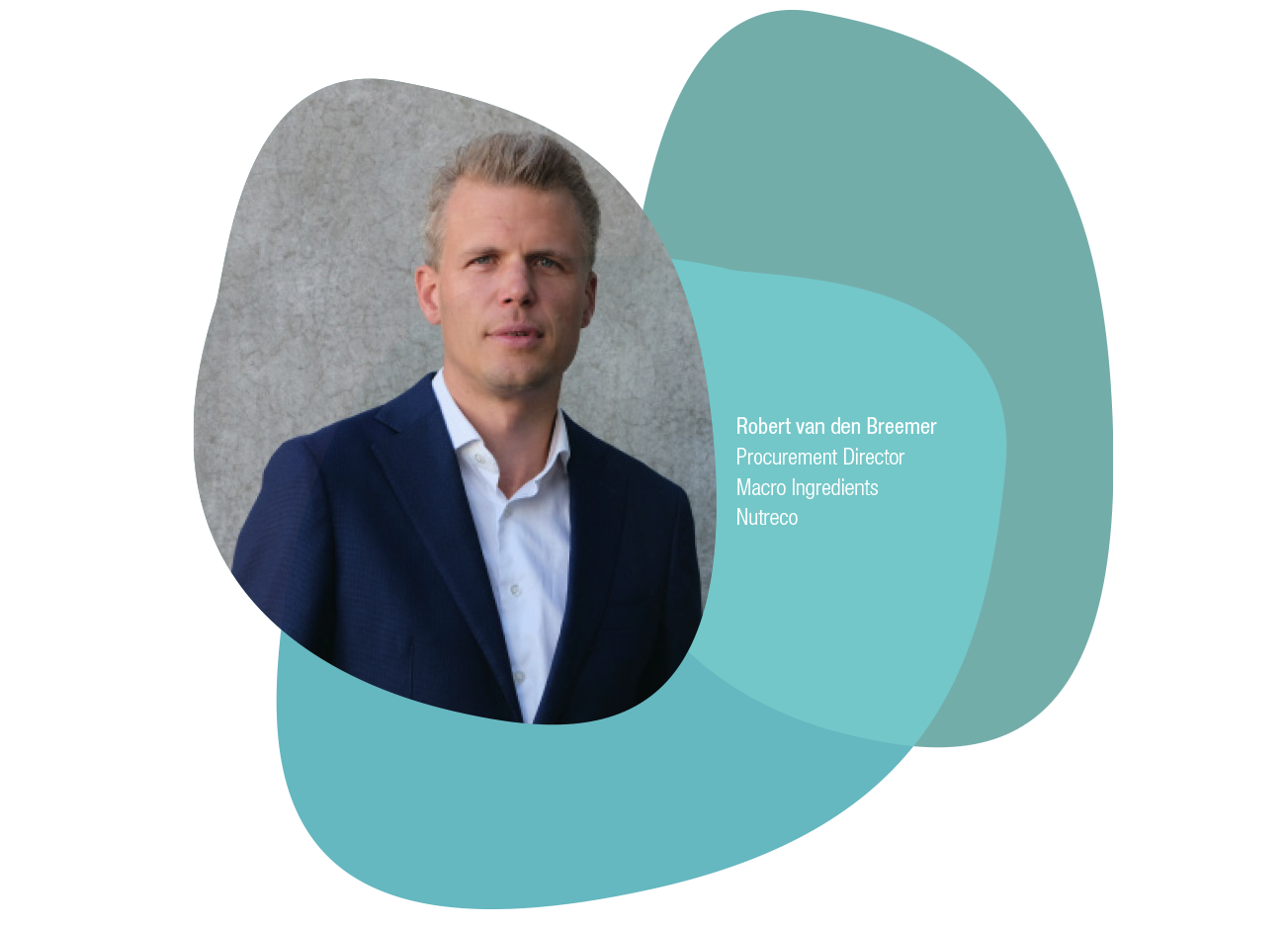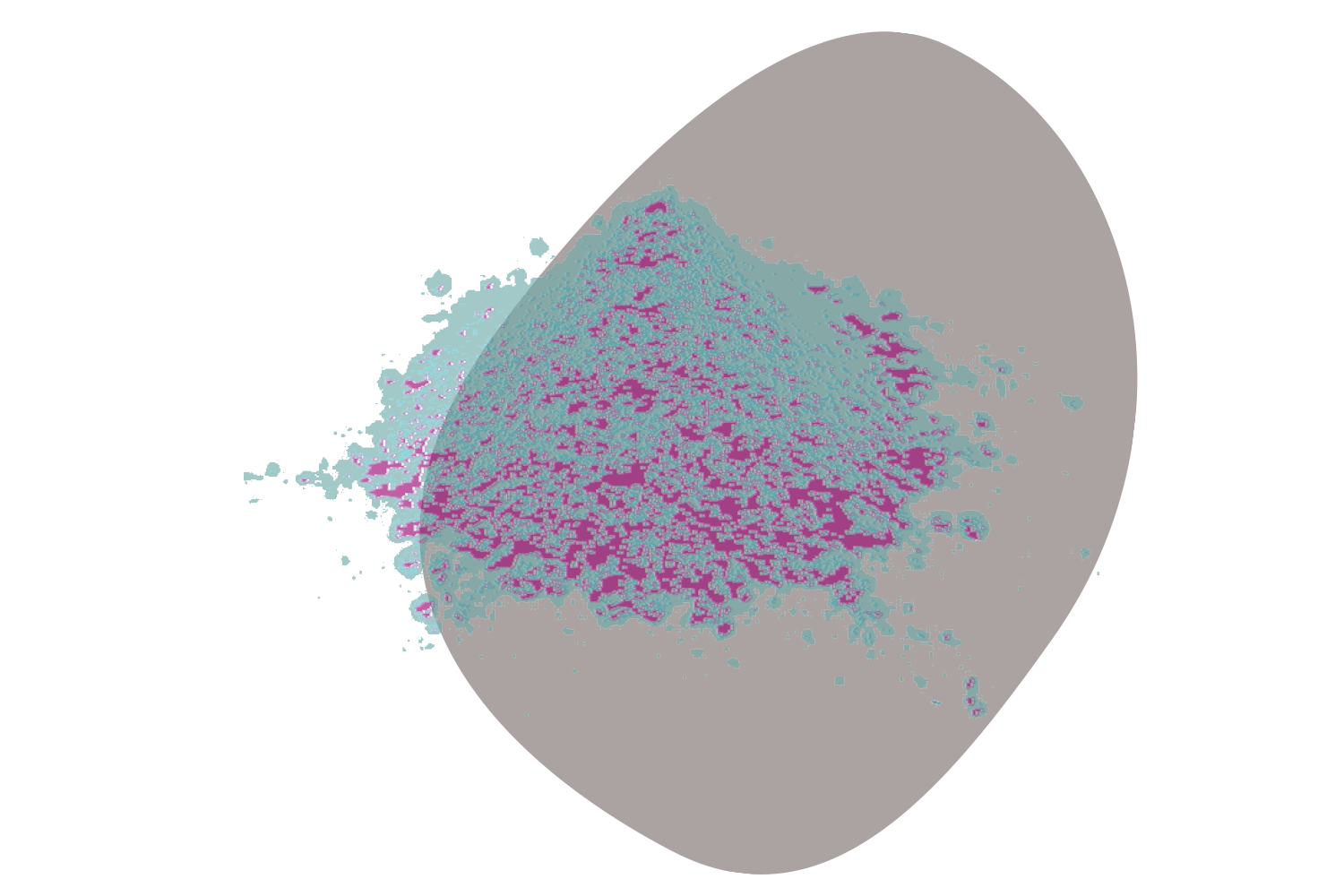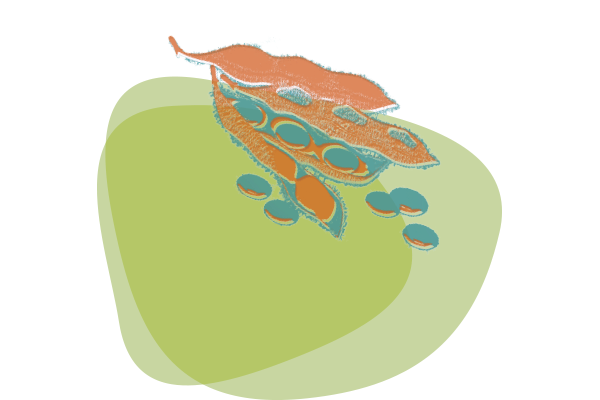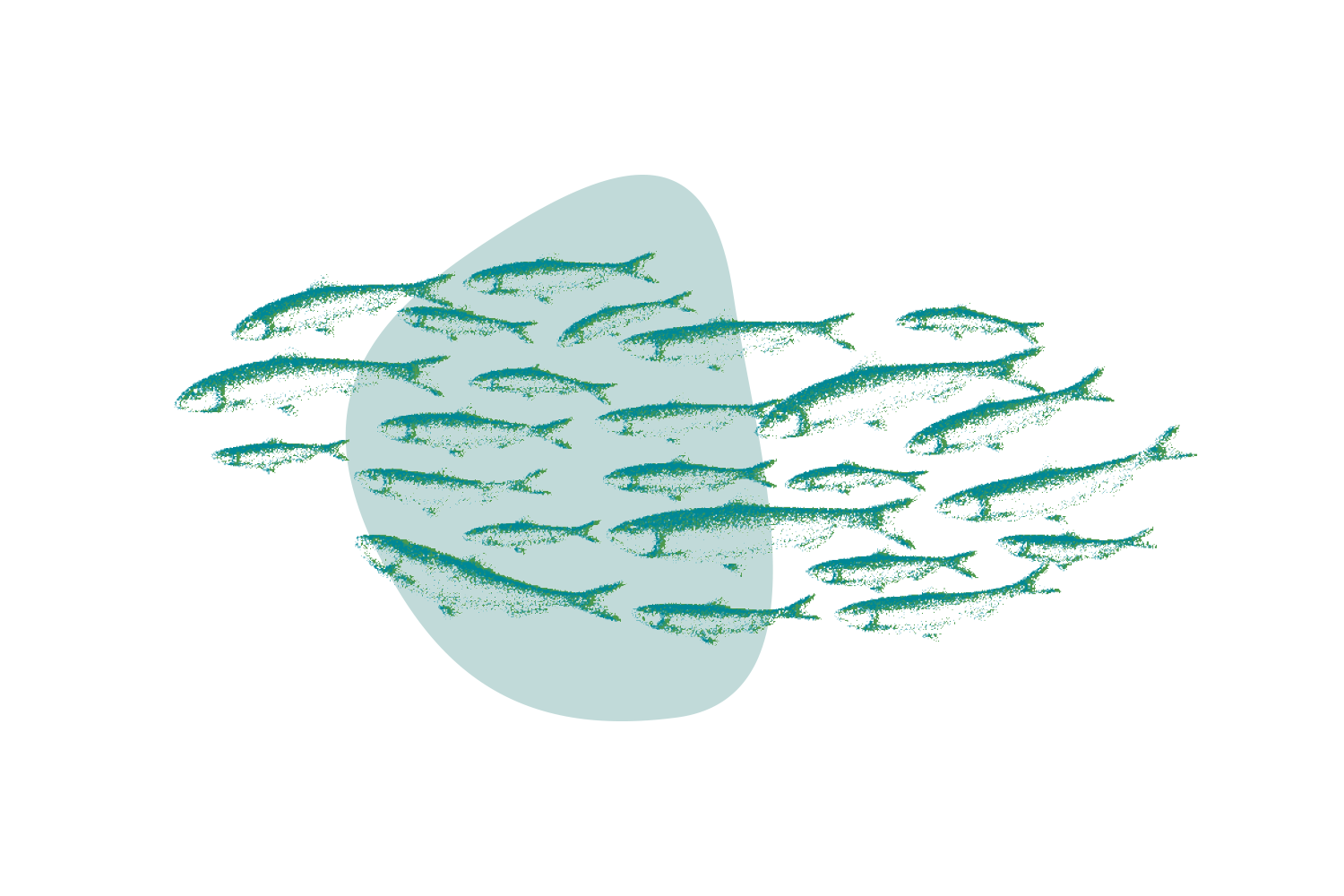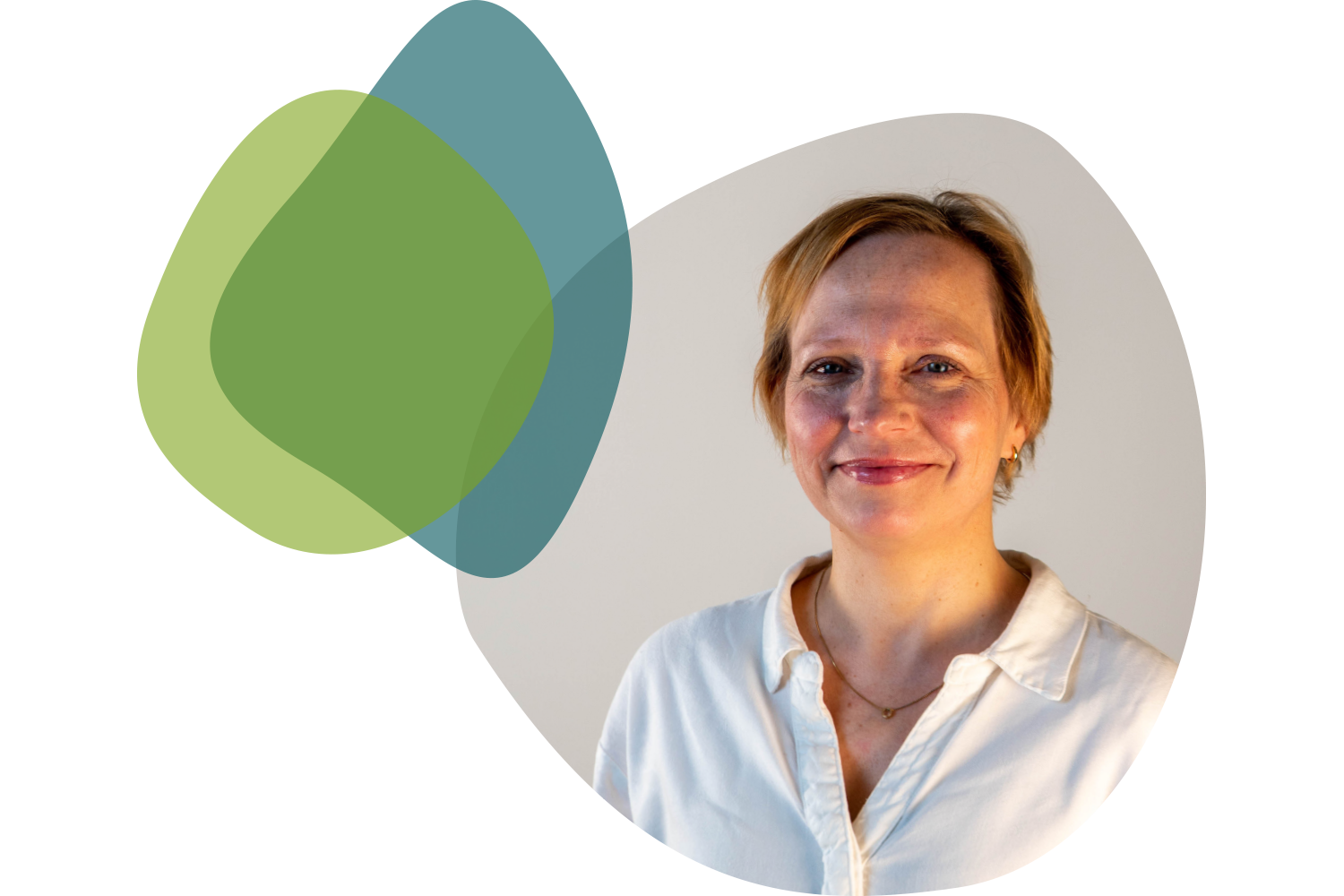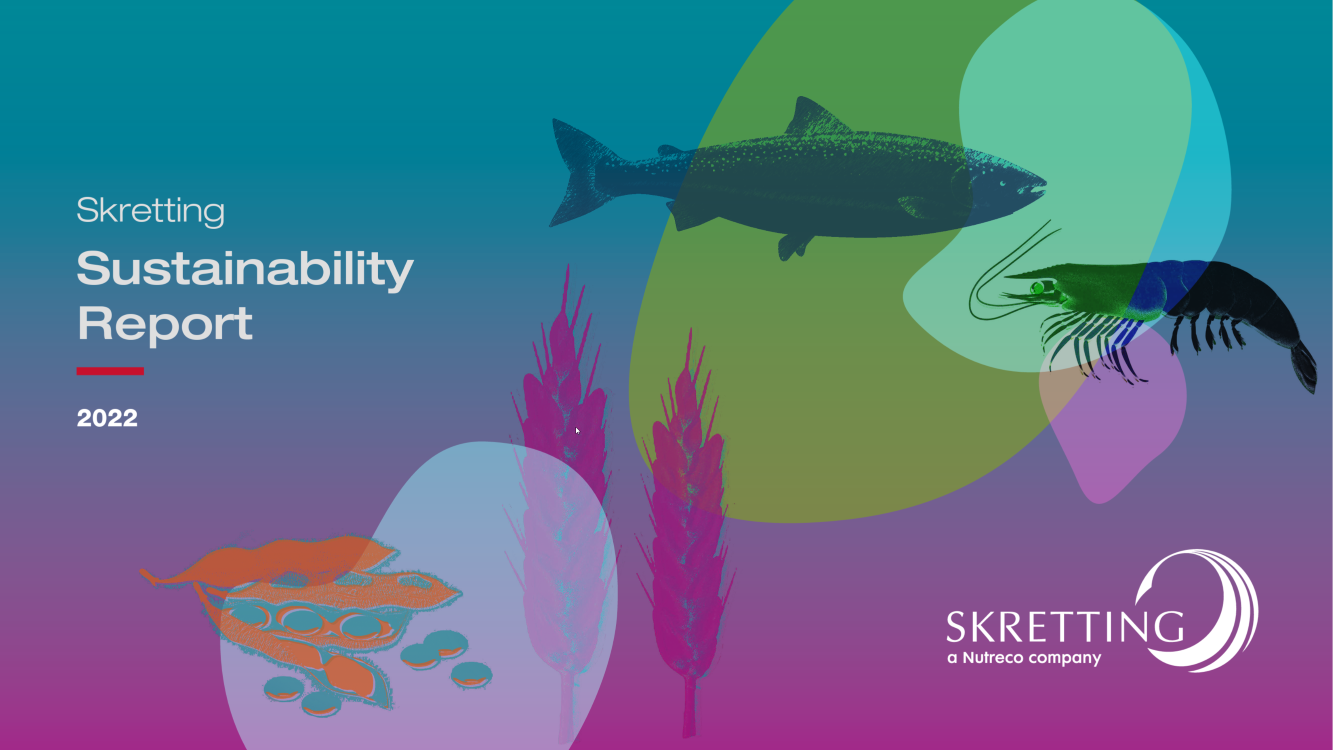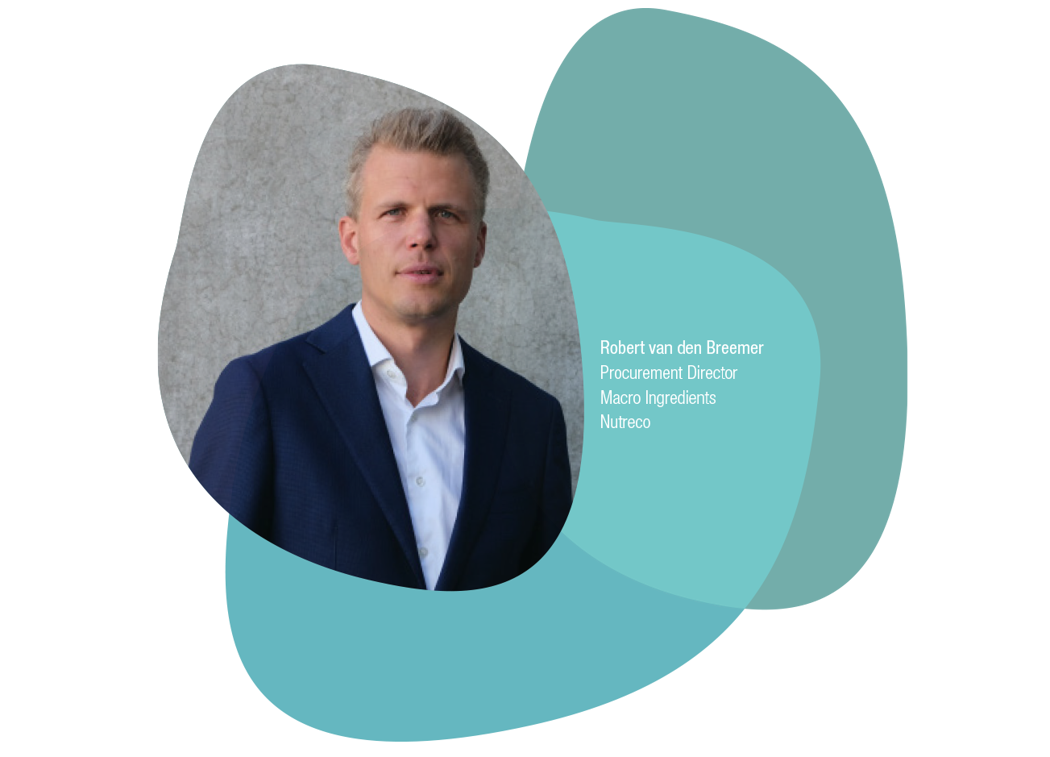
Challenging times
In times of stress, the priority for procurement is availability, ensuring we have the right nutrients available at the right location, to ensure supply to our customers can continue uninterrupted. With prices staying at high levels compared to the 'normal' levels of 2019, alternative ingredients and suppliers are our focus, to spread the risk and keep costs down. This has created opportunities for several novel ingredients to become more competitive. With new suppliers and ingredients, we are careful to ensure our quality levels, sustainability requirements and ambitions are met and continuously improved.
